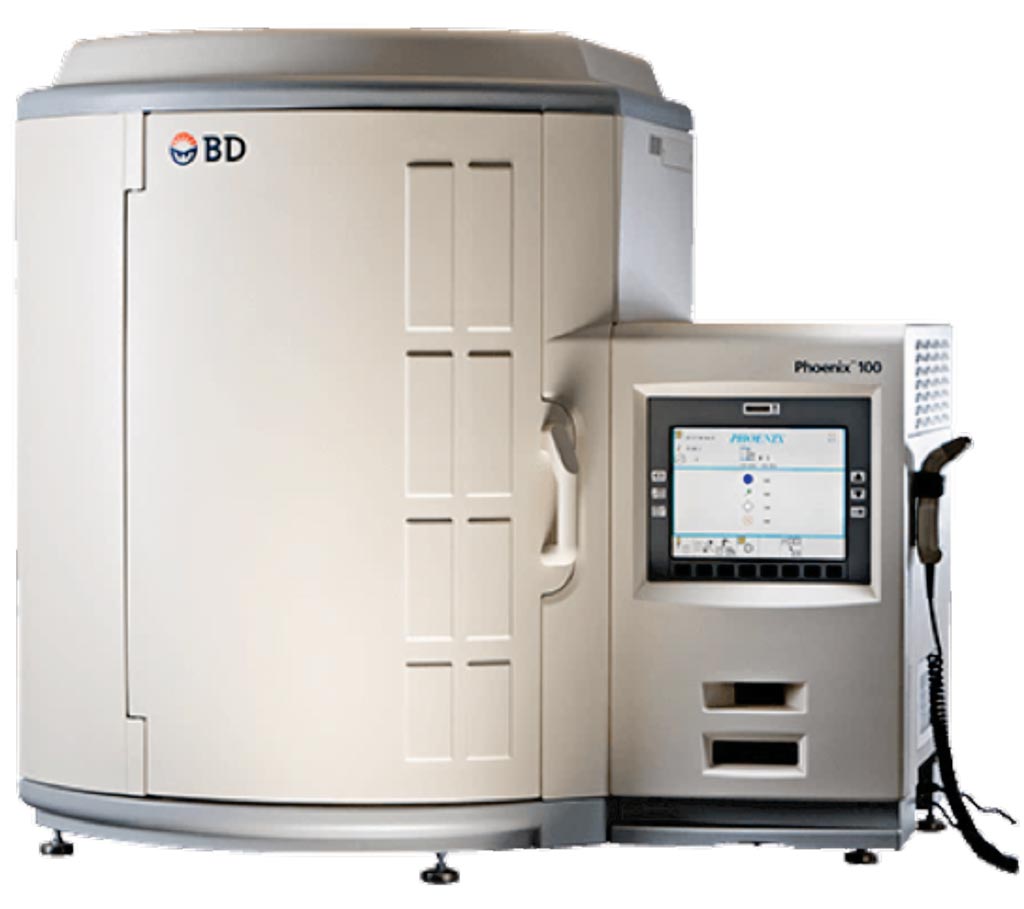Methods Explored for Gram-Negative Non-Fermentative Bacteria ID
By LabMedica International staff writers
Posted on 26 Oct 2019
The non-fermentative Gram-negative bacteria are widely distributed in the environment and have become increasingly common isolates in the clinical laboratory. Being ubiquitous in nature, they are often disregarded as contaminants.Posted on 26 Oct 2019
This group of non-fermentative Gram-negative bacteria has emerged as opportunistic pathogens, particularly in immunocompromised hosts, and is difficult to treat because of widespread antibiotic resistance. Due to their taxonomic complexity and phenotypic similarity accurate identification represents a challenge for conventional microbiology.

Image: The PHOENIX system is for rapid automated identification and antimicrobial susceptibility testing of clinically relevant microorganisms (Photo courtesy of Becton, Dickinson and Company).
Scientists from the Centers for Disease Control and Prevention (Atlanta, GA, USA) working with their colleagues in Thailand used unidentified Gram negative bacterial isolates that were collected during 2006–2014 as part of a previously published surveillance system. Organisms were taken from the isolate culture collections of the Sa Kaeo and Nakhon Phanom Provincial Health Laboratories that had been previously been characterized using standard biochemical testing methods.
A subset of gram negative non-fermentative (GNNF) clinical isolates (204/947), not identified by standard manual biochemical methodologies were run on the BD Phoenix automated identification and susceptibility testing system. If an organism was not identified (12/204) DNA was extracted for whole genome sequencing (WGS) on a MiSeq platform and data analysis performed using three web-based platforms: Taxonomer, CGE KmerFinder and One Codex. Isolates were grown on tryptic soy agar with 5% sheep blood.
The team reported that the BD Phoenix automated identification system recognized 92% (187/204) of the GNNF isolates, and because of their taxonomic complexity and high phenotypic similarity 37% (69/187) were only identified to the genus level. The largest number of isolates identified as Achromobacter species (46/204; 22.5%), with nearly 70% of cases being in adults ≥50 years of age. Antimicrobial sensitivity (AST) data was not obtained for 93/187 (50%) identified isolates either because of their slow growth or their taxa were not in the AST database associated with the instrument. WGS identified the 12 remaining unknowns, four to genus level only.
Pseudomonas species were identified in 35/204 isolates (17.2%) of which the most common were P. putida (11; 31.4%), and P. pseudoalcaligenes eight (22.9%). P. oryzihabitans and P. aeruginosa had five and four isolates respectively, and an isolation each of P. luteola, P. mendocina and P. stutzeri. The third most common isolates were Moraxella species (14/204 cases (6.9%)), with five being hospital onset infections.
The authors concluded that GNNF bacteria are of increasing concern in the clinical setting, and the inability to identify these organisms and determine their AST profiles will impede treatment. Databases for automated identification systems and sequencing annotation need to be improved so that opportunistic organisms are better covered. The study was published on September 30, 2019, in the journal PLOS Neglected Tropical Diseases.
Related Links:
Centers for Disease Control and Prevention




 assay.jpg)









